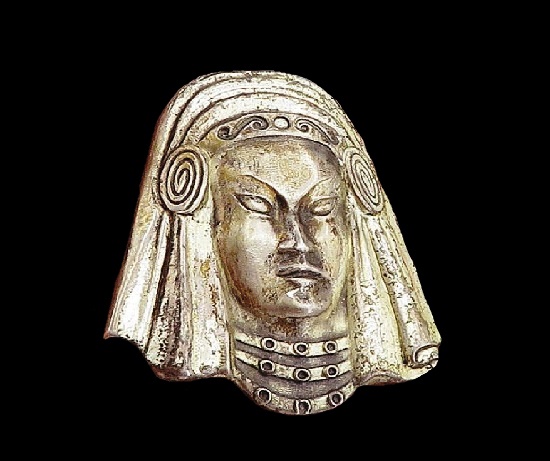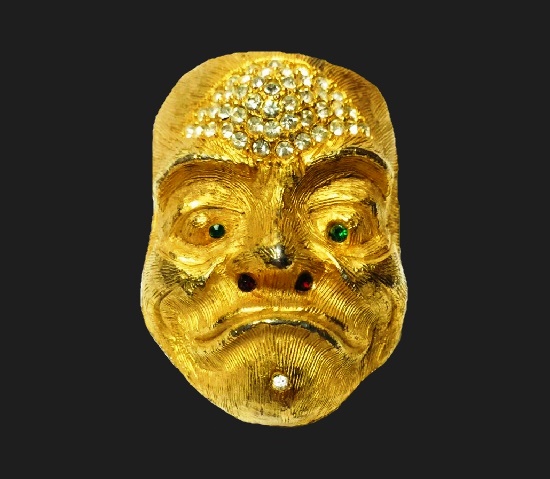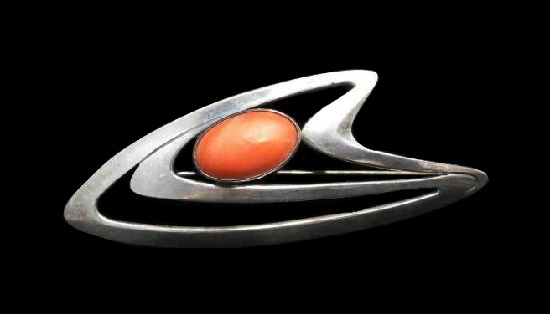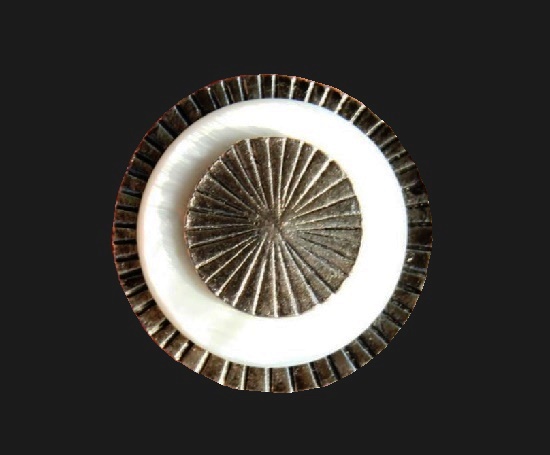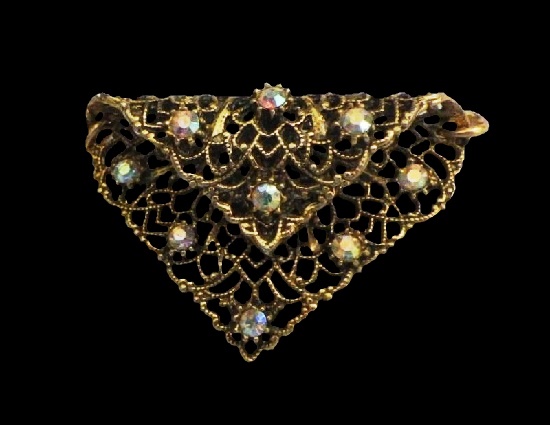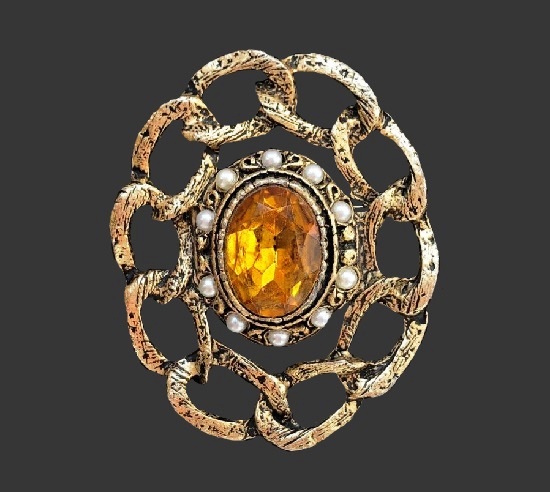Signed Tilia vintage botanical jewelry
Signed Tilia vintage botanical jewelry
The history of Tilia silver jewelry brand began in 1963 in a neighborhood of Aarhus, the city of Åbyhøj, Denmark. Noteworthy, the brand’s name comes from a species of trees or bushes, known as tilia (linden). The brand’s owner was Ove Hans Georg Eriksen, who handcrafted leaf and floral design jewelry with the use of electroplating.
Traditionally, when creating botanical jewelry, Ove H.G. Eriksen used silver and gold plating. The technology for creating original jewelry is that the processed plant or other natural object is lowered into a special solution with silver. Under the influence of an electric current, a galvanization process occurs, as a result of which the plant leaves behind a three-dimensional image.
Made in 1963-1974, botanical jewelry numbered and marked “Tilia Danmark Sterling Solv” (silver) is rare and highly collectible.
Danish craftsmen are known for creating naturalistic three-dimensional jewelry, collectively known as Flora Danica. Each product is unique, because the base for such jewelry is flowers, leaves, branches, buds, bark and even grass.
is the nature and beauty of Denmark as it is: forget-me-nots, lilacs, daisies, rose hips, rosebuds, clover, lettuce and parsley.
Read more »

